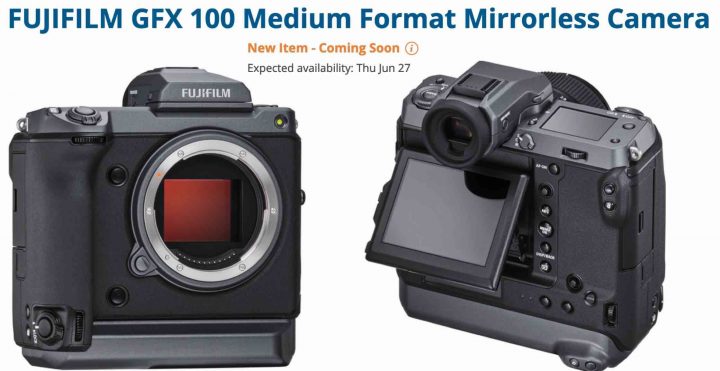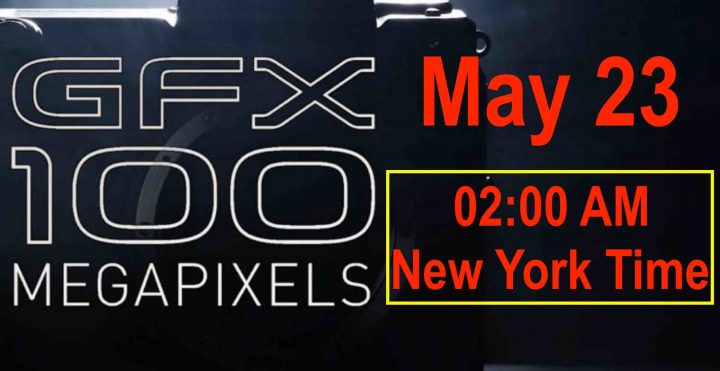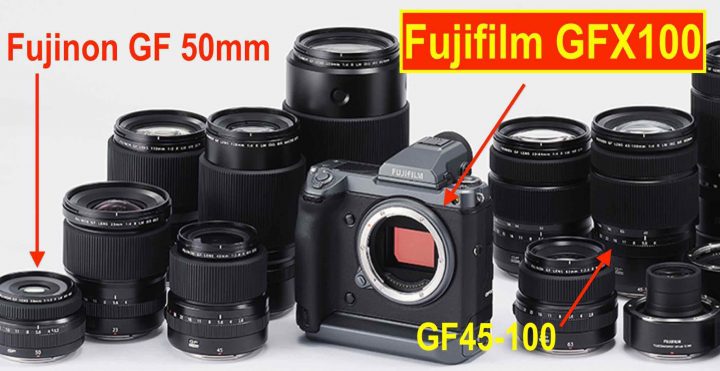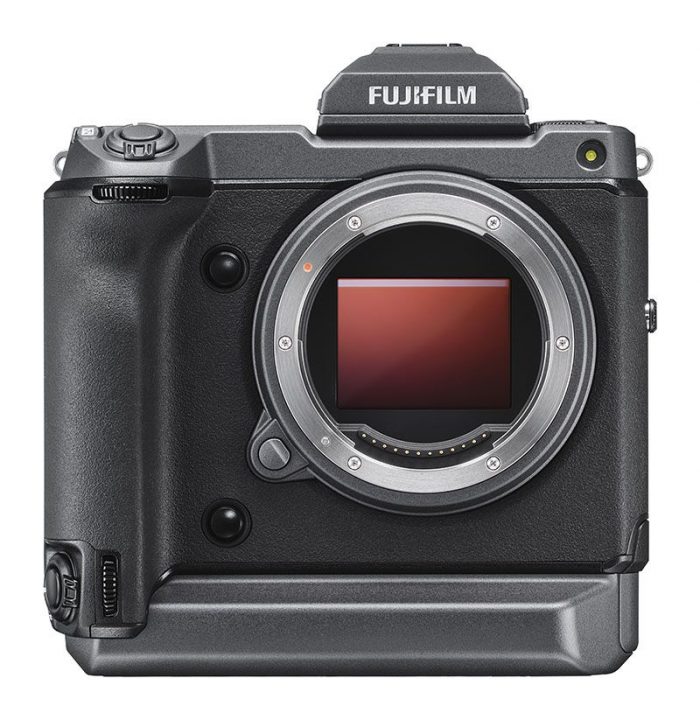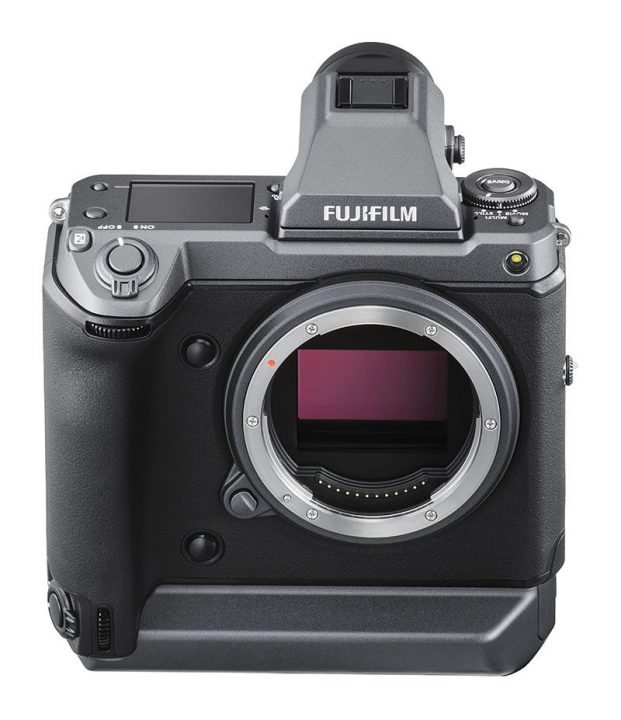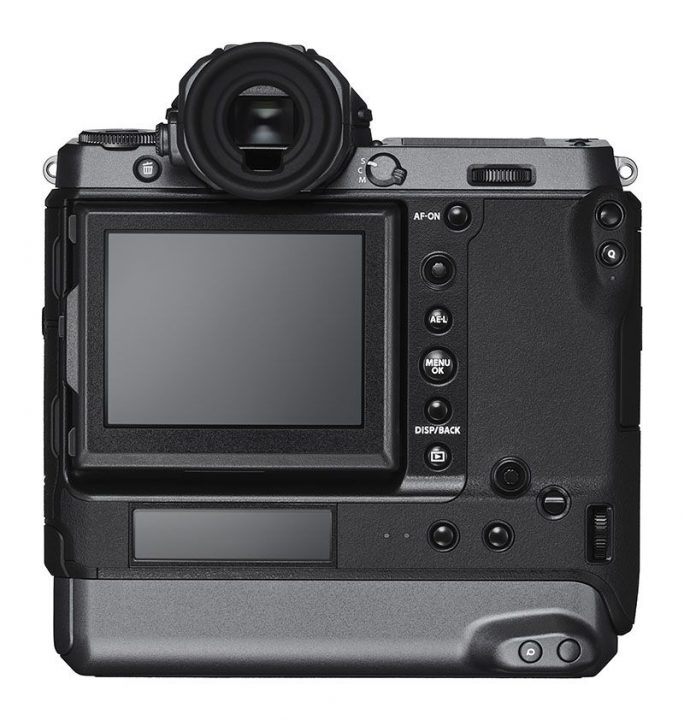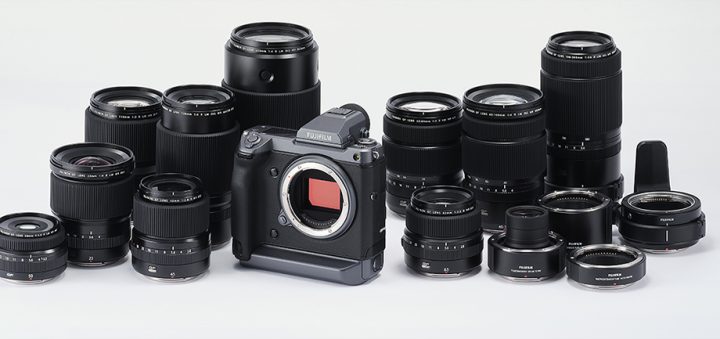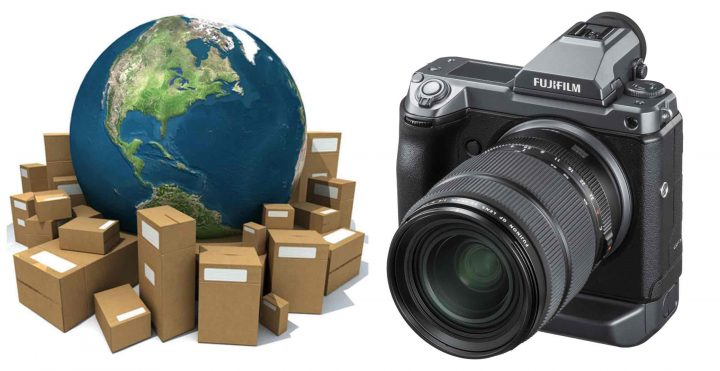Fujikina 2019 LIVE STREAM Starts Now – Fujifilm GFX 100 and More
Fujikina 2019 Live Stream
GFX100 LIVE BLOG HERE – Reviews and Samples
The press event for the Fujifilm GFX100 just started and you can follow it in the live stream video above.
The official announcement with hands-on reviews and samples is scheduled for 02:00 AM New York time (when the press conference ends). FujiRumors will cover the reviews in a dedicated live blog.
Fujifilm GFX100
Event Highlights (continuously updated):

